Archaeology has unearthed countless artifacts that offer glimpses into the lives and cultures of ancient civilizations. Among these discoveries are objects so peculiar and enigmatic that they continue to baffle and intrigue researchers and enthusiasts alike. From mysterious manuscripts to advanced ancient technologies, these odd artifacts challenge our understanding of history and inspire endless curiosity. Here are 18 of the oddest artifacts ever discovered by archaeologists, each with its own fascinating story.
Antikythera Mechanism
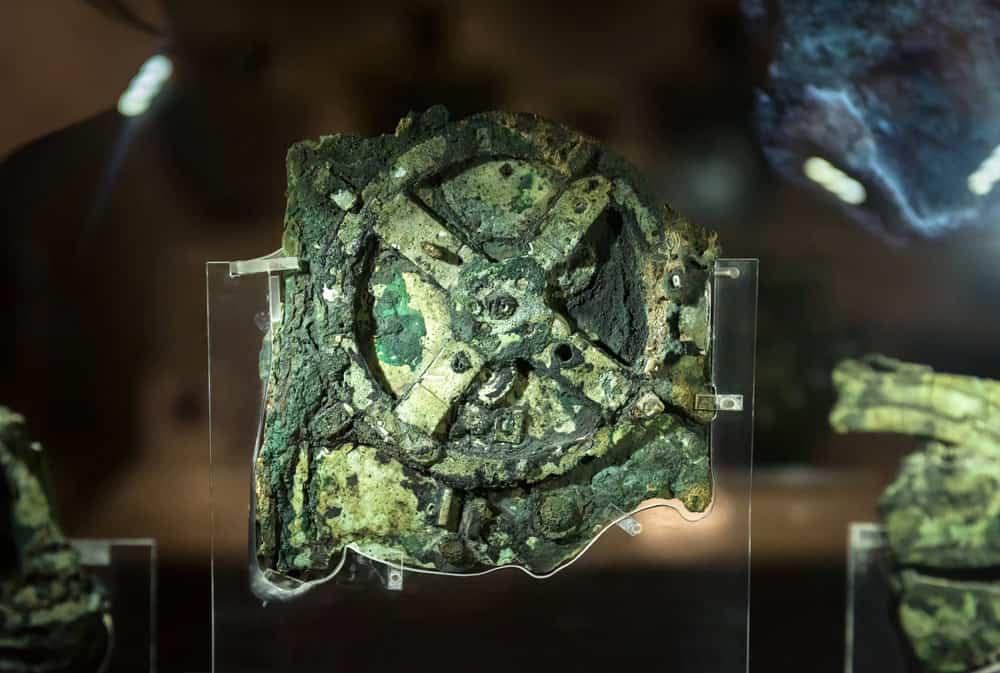
This ancient Greek device, discovered in a shipwreck, is considered the world’s first analog computer. Comprising gears and dials, it was used to predict astronomical positions and eclipses. Dating back to around 100 BCE, its complexity suggests advanced technological knowledge. The intricate craftsmanship indicates it could track celestial events with remarkable precision. Its discovery has reshaped our understanding of ancient Greek science and engineering.
Baghdad Battery

Unearthed near Baghdad, this artifact consists of a clay jar, a copper cylinder, and an iron rod. Thought to date back to the Parthian period (250 BCE to 224 CE), it may have been used for electroplating or as a primitive battery. The discovery of this object has sparked debates among historians and scientists. Some believe it demonstrates ancient knowledge of electricity. Its exact purpose remains a mystery, adding to its intrigue.
Voynich Manuscript
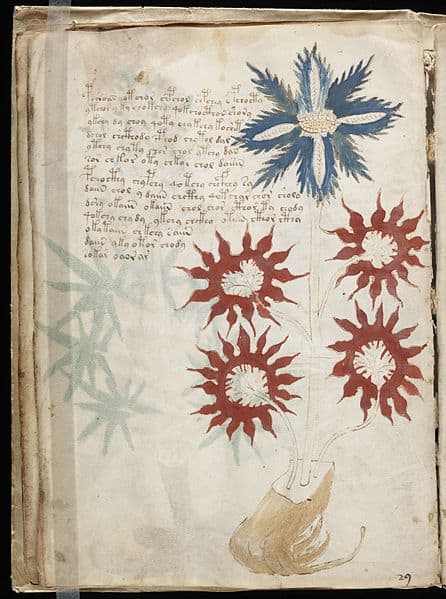
This enigmatic manuscript, written in an unknown script and language, dates back to the 15th century. Discovered in an Italian monastery, it contains bizarre illustrations of plants, astronomical charts, and naked women. Despite numerous attempts, no one has been able to decipher its text. The manuscript continues to baffle cryptographers and linguists. Its origins and purpose remain one of the greatest mysteries in the history of literature.
Piri Reis Map
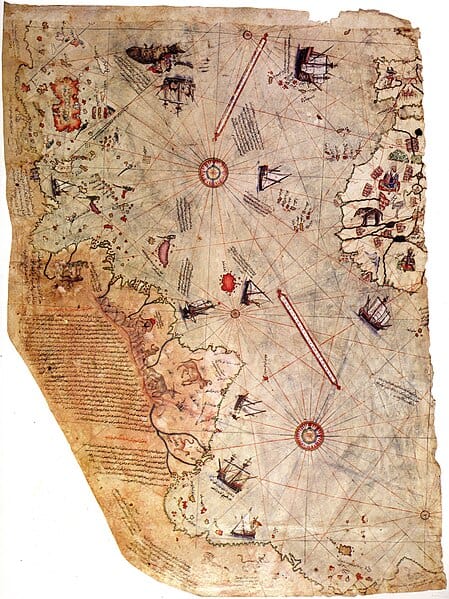
Created by the Ottoman admiral and cartographer Piri Reis in 1513, this map shows parts of Europe, Africa, and the Americas with astonishing accuracy. What makes it odd is its depiction of the Antarctic coast, which was not officially discovered until 1820. The map suggests that ancient civilizations may have had knowledge of the world that was lost over time. It challenges our understanding of historical cartography. The precision of the map’s details continues to fascinate researchers.
Shroud of Turin

This ancient linen cloth bears the faint image of a man, believed by many to be Jesus Christ. Radiocarbon dating suggests it originated in the Middle Ages, yet its true origin is still debated. The image’s formation remains unexplained, adding to the shroud’s mystery. It is one of the most studied and controversial relics in religious history. The shroud continues to captivate both believers and skeptics alike.
Nazca Lines

These massive geoglyphs etched into the Peruvian desert depict various animals, plants, and geometric shapes. Created by the Nazca culture between 500 BCE and 500 CE, their purpose remains unclear. Some theories suggest they were astronomical calendars, while others propose ritualistic significance. The sheer scale and precision of these lines are astonishing. They are best viewed from the air, hinting at their creators’ advanced knowledge of surveying.
Quimbaya Artifacts
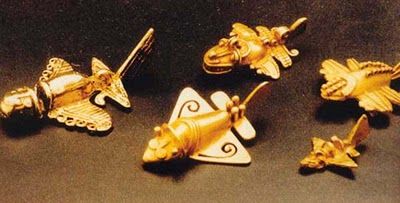
These golden figurines, discovered in Colombia, resemble modern-day airplanes. Dating back to 1000 CE, their aerodynamic shapes have led some to speculate about ancient knowledge of flight. Known as the Quimbaya artifacts, they challenge our understanding of pre-Columbian cultures. The level of craftsmanship and detail is remarkable. Their true purpose, however, remains a topic of debate among historians.
Gobekli Tepe
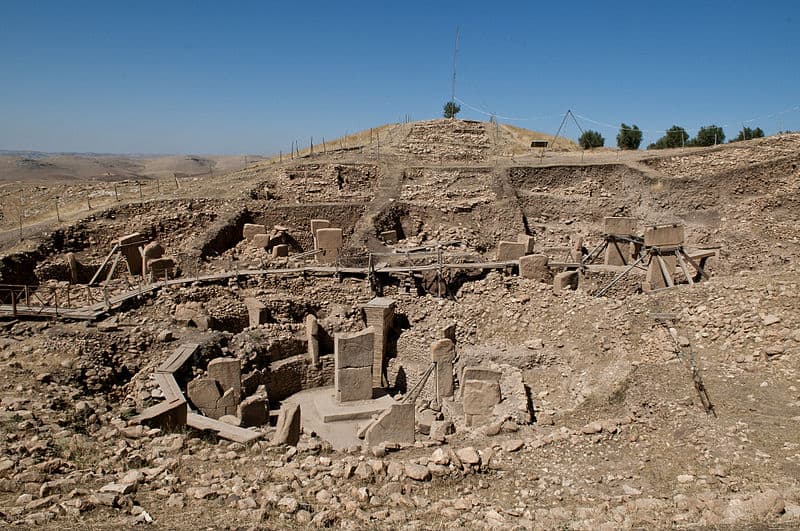
This archaeological site in Turkey, dating back to around 9600 BCE, is considered the world’s oldest temple complex. Its massive stone pillars, intricately carved with animal figures, predate Stonehenge by several millennia. The site suggests that organized religion and monumental architecture began much earlier than previously thought. Its discovery has revolutionized our understanding of human history. Gobekli Tepe raises more questions than it answers about ancient civilizations.
The Saqqara Bird
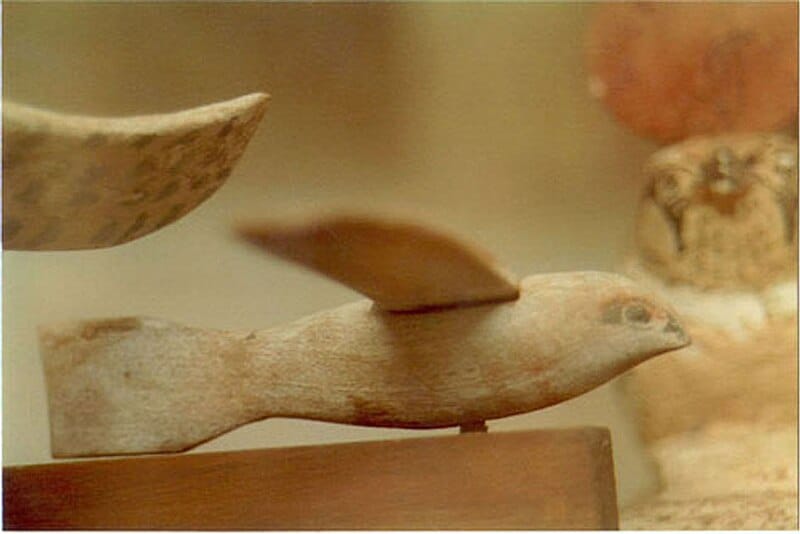
This small wooden artifact, discovered in an Egyptian tomb, resembles a modern glider. Dating back to around 200 BCE, it has led to speculation about ancient Egyptian knowledge of aerodynamics. Some believe it was a ceremonial object, while others think it might be a model of a flying machine. The Saqqara Bird’s true purpose remains unknown. Its discovery has sparked both fascination and controversy among scholars.
L’Anse aux Meadows

This site in Newfoundland, Canada, is the only confirmed Viking settlement in North America. Dating back to around 1000 CE, it predates Columbus’ arrival by nearly 500 years. The discovery includes remnants of Norse buildings, tools, and artifacts. It provides concrete evidence of Viking exploration of the New World. L’Anse aux Meadows has reshaped our understanding of early transatlantic voyages.
Costa Rican Stone Spheres

These perfectly round stone spheres, found in the Diquís Delta, range in size from a few centimeters to over two meters in diameter. Created by the Diquís culture around 600 CE, their purpose and method of creation are still unknown. The spheres are made from a variety of materials, including granite and gabbro. Some theories suggest they were used for astronomical purposes or as status symbols. Their precision and mystery continue to intrigue archaeologists.
Rongorongo Tablets
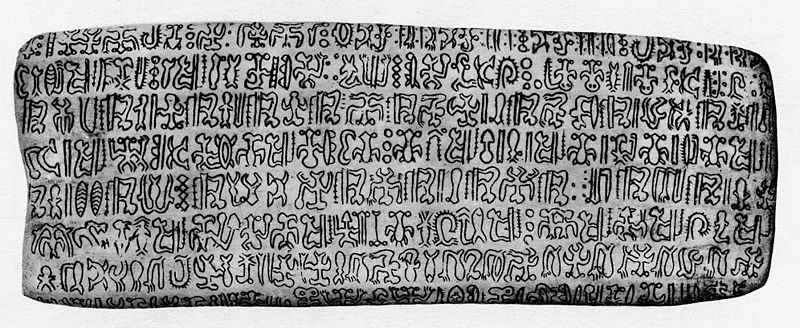
These wooden tablets, discovered on Easter Island, are covered with glyphs that remain undeciphered. Dating back to the 19th century, they represent one of the few examples of Polynesian script. The purpose of these inscriptions is still debated among scholars. Some believe they record important historical events or religious rituals. The Rongorongo tablets remain one of the most enigmatic artifacts from the Pacific region.
The Ulfberht Swords
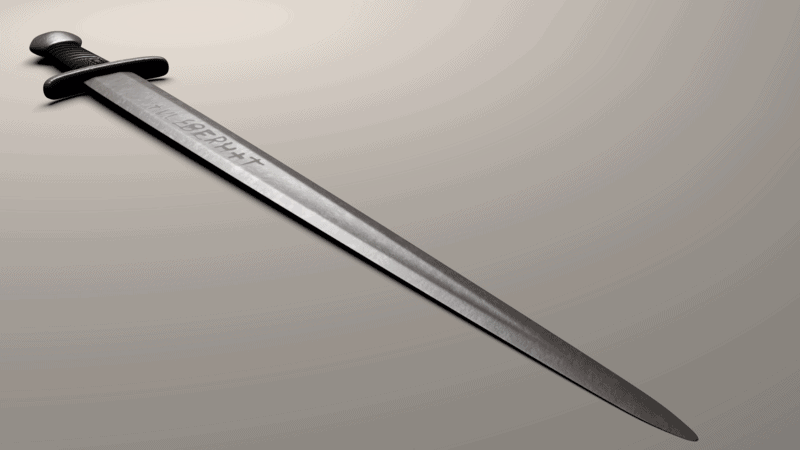
These Viking swords, dating from the 9th to the 11th centuries, are made of high-quality crucible steel, which was not commonly used in Europe until the Industrial Revolution. The swords are inscribed with the name “Ulfberht,” suggesting a highly esteemed brand or maker. Their advanced metallurgy has puzzled historians, as the technology to produce such steel was thought to be unavailable in Europe at the time. The Ulfberht swords challenge our understanding of medieval weapon-making. They represent the pinnacle of Viking craftsmanship and trade.
The Rosetta Stone
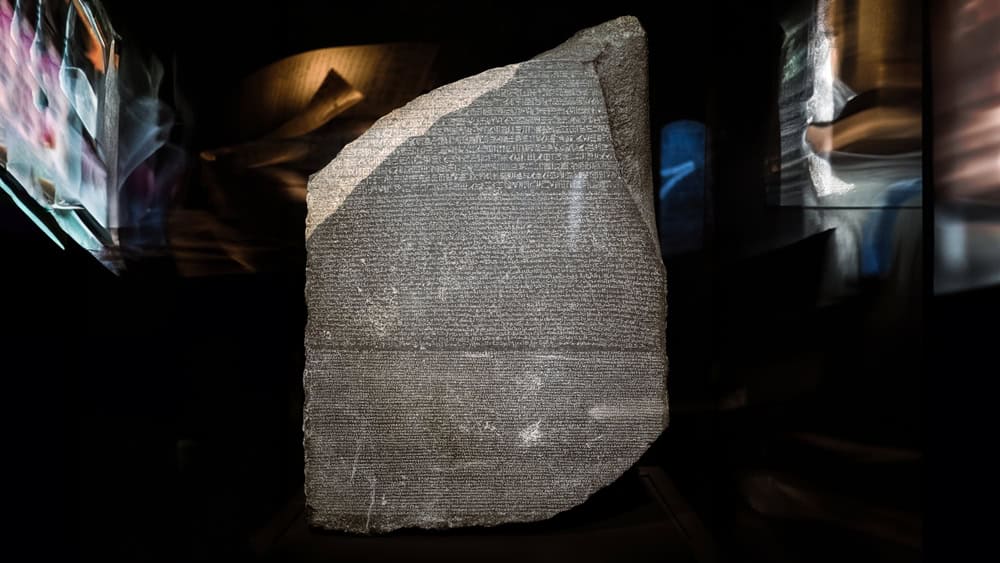
This granodiorite stele, discovered in 1799, provided the key to deciphering Egyptian hieroglyphs. Dating back to 196 BCE, it features the same text in Greek, Demotic, and hieroglyphic script. The Rosetta Stone’s discovery was pivotal in understanding ancient Egyptian language and culture. It is one of the most important archaeological finds in history. The stone is now housed in the British Museum, where it continues to be studied by scholars.
The Shigir Idol
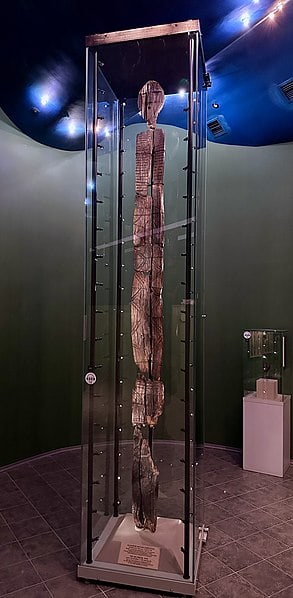
This wooden sculpture, discovered in a peat bog in Russia, is over 11,000 years old. Carved from larch, it is one of the oldest known examples of monumental art. The idol features intricate geometric patterns and human faces. Its purpose remains a mystery, but it is thought to have had religious or ritual significance. The Shigir Idol challenges our understanding of prehistoric art and symbolism.
The Phaistos Disc
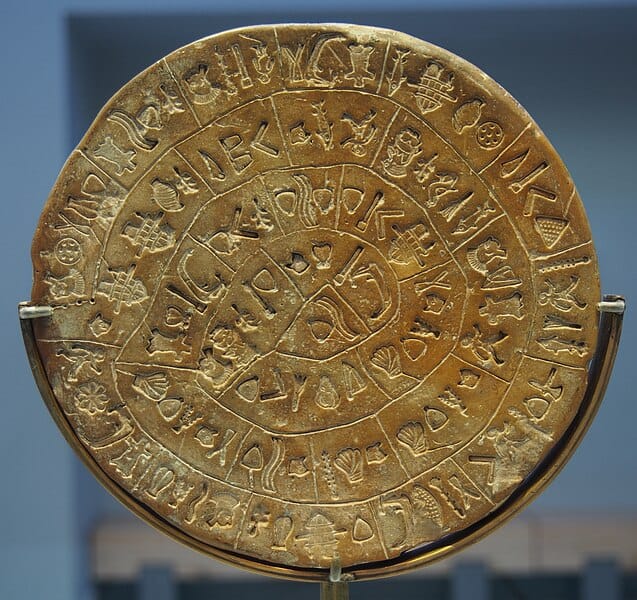
This clay disc, discovered on the island of Crete, is inscribed with a spiral of undeciphered symbols. Dating back to around 1700 BCE, it is one of the most mysterious artifacts of the Minoan civilization. The disc’s purpose and meaning remain unknown, despite numerous attempts at decipherment. Some theories suggest it could be a form of writing or a religious artifact. The Phaistos Disc continues to baffle archaeologists and linguists.
The Crystal Skulls

These carved quartz skulls, allegedly from ancient Mesoamerican cultures, have sparked widespread intrigue and speculation. Some believe they possess mystical powers or were created by extraterrestrial beings. However, modern analysis suggests they were likely made in the 19th century. The crystal skulls are a fascinating blend of myth and reality. They continue to capture the imagination of both scientists and the public.
The Copper Scroll
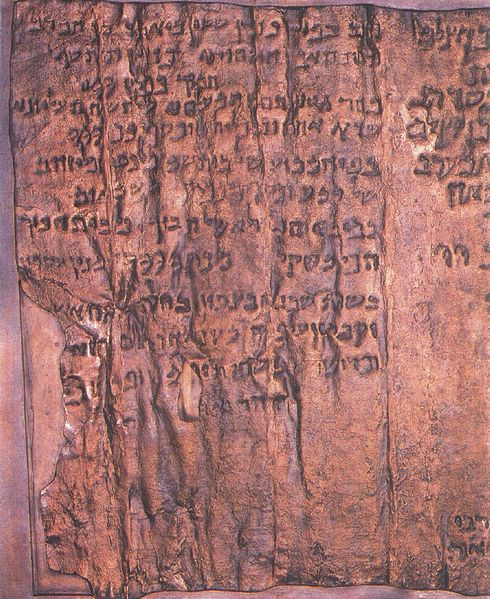
This ancient scroll, part of the Dead Sea Scrolls, lists a vast treasure of gold and silver hidden in various locations. Discovered in a cave near Qumran, it dates back to around 50-100 CE. Unlike the other Dead Sea Scrolls, which are made of parchment, the Copper Scroll is made of metal. Its detailed instructions and mysterious origin have led many to search for the hidden treasure. The Copper Scroll remains one of the most tantalizing archaeological discoveries.
This article originally appeared on Rarest.org.
More From Rarest.Org
Exploring the world of luxury real estate reveals some truly extraordinary homes, each boasting unique features and staggering price tags. From sprawling estates in the Hamptons to futuristic palaces on the French Riviera, these properties are more than just places to liveâthey’re symbols of opulence, history, and architectural innovation. Read more.
Exploring the world of vegetables can uncover a variety of unique and rare options that many people have never encountered. From visually stunning tubers to flavorful leafy greens, these lesser-known vegetables offer not only distinct tastes but also impressive nutritional benefits. Read more.
1991 Silver Eagle Dollar Value Guide
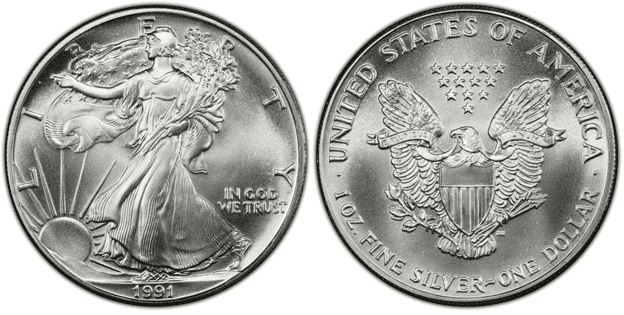
The 1991 silver dollar is 99.93% silver with 0.07% copper. It has a face value of $1 but it has a higher melt value, which is around $20. Read more.


